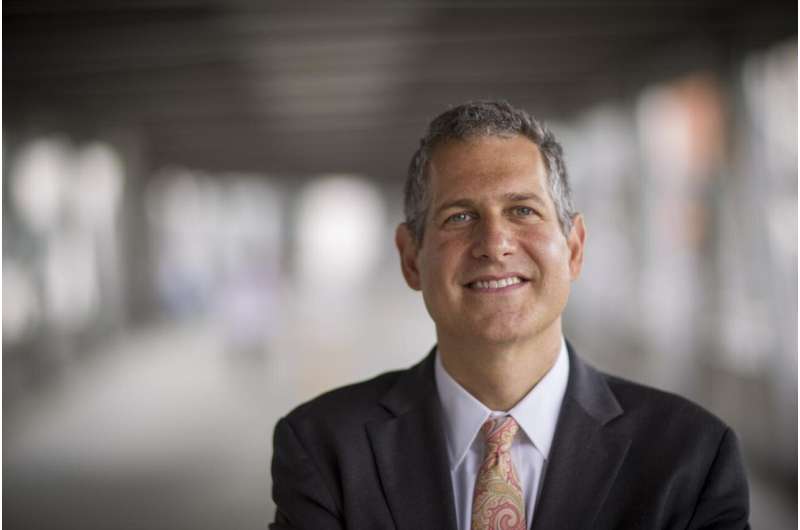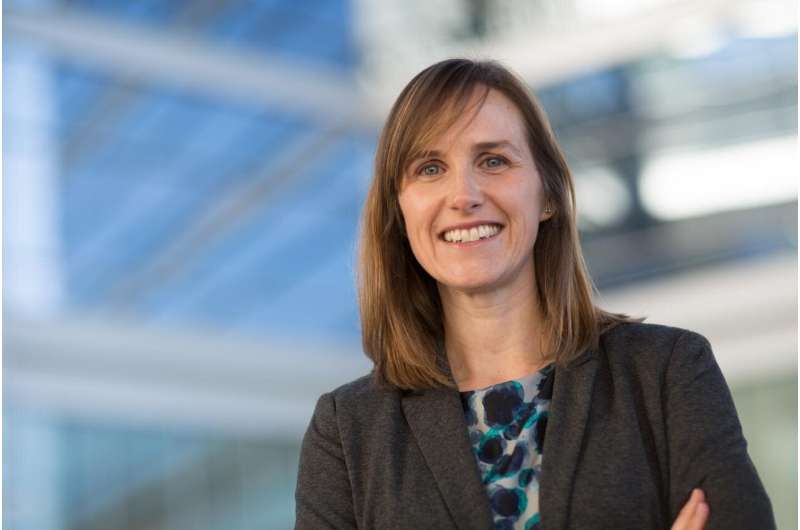New lung cancer screening recommendation expands access but may not address inequities

Calling the U.S. Preventive Services Task Force's newly released recommendation statement to expand eligibility for annual lung cancer screening with low-dose computed tomography a step forward, UNC Lineberger Comprehensive Cancer Center researchers say future changes should address equity and implementation issues.
In an editorial published in JAMA, Louise M. Henderson, Ph.D., professor of radiology at UNC School of Medicine, M. Patricia Rivera, MD, professor of medicine at UNC School of Medicine, and Ethan Basch, MD, MSc, the Richard M. Goldberg Distinguished Professor in Medical Oncology and chief of oncology at the UNC School of Medicine, outlined their concerns and offered potential approaches to make the screening recommendation more inclusive of populations that have been historically underserved.
"The revised U.S. Preventive Services Task Force's recommendations are sound and based on well-conceived evidence and modeling studies, but they alone are not enough, as we have seen limited uptake of the prior recommendations," Basch said. "Implementation will require broader efforts by payers, health systems and professional societies, and, in the future, a more tailored, individual risk prediction approach may be preferable."
The task force has made two significant changes to the screening recommendation it issued in 2013: Annual screening will begin at age 50, instead of 55, and smoking intensity has been reduced from 30 to 20 pack-year history. These more inclusive criteria could more than double the number of adults eligible for lung cancer screening, from 6.4 million to 14.5 million, according to some estimates. This represents an 81% increase.

Henderson, Rivera and Basch are encouraged that lung cancer screening will be available to more people, and they point out that expanding access alone won't reduce racial inequities, especially as measured by lung cancer deaths prevented and life-years gained.
It may be possible to counter this shortcoming, they said, by adding risk-prediction models that identify high-benefit individuals who do not meet USPSTF criteria. This could reduce or eliminate some, though not all, racial disparities, according to one study. Also, future research should explore risks such as family history of lung cancer and genetic susceptibility to develop risk assessment strategies that may identify individuals who never smoked and still have a high risk for lung cancer but currently are not eligible to be screened.
Financial-based barriers are also an issue. Expanding screening access to include people as young as 50 may lead to greater inequities for those who are enrolled in Medicaid, the state-based public health insurance program.
"Medicaid is not required to cover the USPSTF recommended screenings and even when screening is covered, Medicaid programs may use different eligibility criteria," Henderson said. She adds this is problematic because people who receive Medicaid are twice as likely to be current smokers than those with private insurance (26.3% compared to 11.1%), and they are disproportionately affected by lung cancer. "This is a significant issue, particularly in the nine states where Medicaid does not cover lung cancer screening."
Putting the screening recommendation into practice will be a substantial challenge, Rivera said. Primary care providers are critical to implementing the screening process because they initiate the conversation with their patients about the potential benefits and risk of lung cancer screening and make the screening referral. However, Rivera said many already have an overburdened workload, and it may be unrealistic to expect them to be able to spend the necessary time to have these complex conversations.
"A significant barrier to implementation of lung cancer screening is provider time. Many primary care providers do not have adequate time to have a shared decision-making conversation and to conduct a risk assessment," Rivera said. "Although a lung cancer screening risk model that incorporates co-morbidities and clinical risk variables may be the best tool for selecting high risk individuals who are most likely to benefit from screening, such a model requires input of additional clinical information, thereby increasing the time a provider will spend; the use of such a model in clinical practice has not been established."
Despite these limitations and challenges, the new recommendation can expand access to lung cancer screening, the researchers said in the editorial. "Beyond implementation challenges, the future of screening strategies lies in individualized risk assessment including genetic risk. The 2021 USPSTF recommendation statement represents a leap forward in evidence and offers promise to prevent more cancer deaths and address screening disparities. But the greatest work lies ahead to ensure this promise is actualized."
More information: Louise M. Henderson et al, Broadened Eligibility for Lung Cancer Screening, JAMA (2021). DOI: 10.1001/jama.2020.26422


















